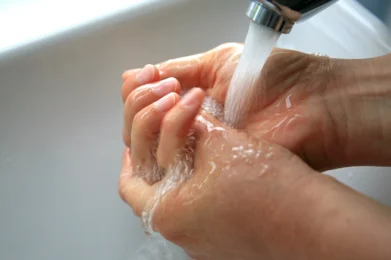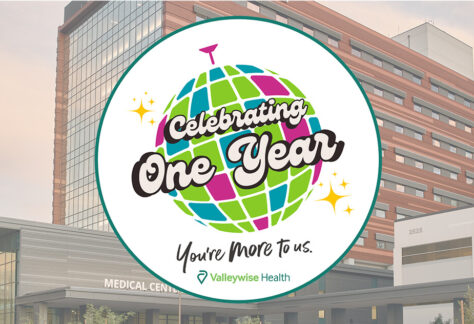In This Article:
- Masking guidelines are shifting as reported COVID-19 cases go up and down.
What are masking guidelines in your area?
The easiest way to check what masking guidelines are in your city, county or state is to go to the Center for Disease Control (CDC) website. Enter your state and county into the COVID-19 County Check.
The tracker will tell you whether your county is in the low, medium or high community level. Depending on the level of your county, it will recommend whether you should wear a mask or not.
The COVID-19 County Check sets CDC masking guidelines based on a community level that takes into consideration COVID-19 cases per 100,000 residents and its impact on the local healthcare system.
What are COVID-19 community levels?
- Low
-
- Wear a mask based on your personal preference.
- Medium
-
- If you live with or are planning to have contact with someone at high risk for severe illness, you should consider getting tested before you interact and wear a mask when indoors with them.
- If you’re immunocompromised or at high risk for severe illness, consult with your healthcare provider about safety precautions you should take.
- High
-
- Wear a mask indoors in public that fully covers your nose, chin and mouth, regardless of vaccination status.
- If you are immunocompromised or at high risk for severe illness, consider wearing a mask that provides you with higher protection.
As of March 3rd, 2022, the CDC reported that more than 90% of the U.S. population is in a location with either low or medium COVID-19 levels. Check CDC masking guidelines for the most updated information.
Should you continue wearing a mask?
Apart from the immunocompromised, elderly or people at high risk for severe illness, anyone who comes into contact with COVID-19 should wear a mask.
If you receive a positive diagnosis, experience symptoms or have exposure to someone with COVID-19, it is advised you wear a mask or quarantine. The CDC has specific guidelines for quarantine, based on whether you have the COVID-19 vaccine or not.
Federal masking guidelines require all travelers to wear masks on public transportation. The Transportation Security Administration recently extended their mask requirement through May 2022. Because of increases of COVID-19 cases through the month of April, TSA adjusted their mandate on recommendation of the CDC. They will continue to monitor the situation and coordinate with the CDC on future updates to their masking guidelines.
What are the health benefits of masks?
- Reduces exposure to COVID-19
- Protects the health of everyone
- Protects you while caring for someone with COVID-19
- Reduces the burden on the healthcare system
How to wear a mask properly, if you are required to wear one:
- Wash your hands before and after you put on or take off your mask.
- Wash your hands if you touch the mask.
- The mask must fully cover your nose, mouth and chin.
- If you have to remove your mask, store it in a clean plastic bag. If it’s a fabric mask, it must be washed every day after use, or thrown away if it’s disposable.
- Don’t wear masks with breathing valves.
If you want to get tested or vaccinated, visit a Valleywise Health Primary Care office. Call 1-833-VLLYWSE to book an in-person or virtual Primary Care appointment today.
Sources:
- https://www.cdc.gov/coronavirus/2019-ncov/science/community-levels.html
- https://www.who.int/emergencies/diseases/novel-coronavirus-2019/advice-for-public/when-and-how-to-use-masks
- https://www.cdc.gov/media/releases/2022/s0303-covid-19-community-levels.html
- https://www.tsa.gov/news/press/releases/2021/04/30/tsa-extends-face-mask-requirement-airports-and-throughout








